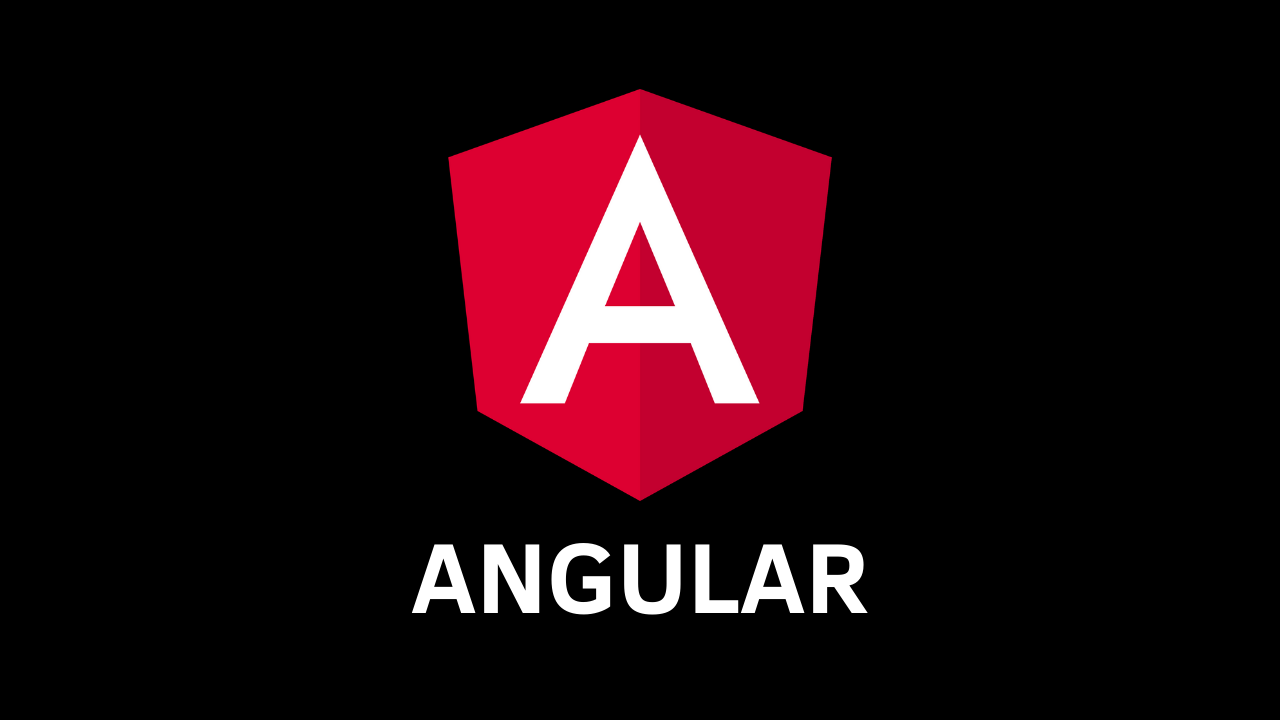After the popularity of its predecessor, Angular 13, Angular 14 is now available. The following notable Google release is the web application framework built on Type-script. With the introduction of stand-alone components, Angular 14 promises to speed up the creation of Angular apps by eliminating the requirement for Angular modules. Improved template diagnosis, stand-alone components, and additional capabilities for typed forms are all brought about by the move from Angular 13 to Angular 14.
The most meticulously thought out pre-planned upgrade by Angular is thought to be version 14. CLI auto-completion, typed reactive forms, standalone components, directives and pipes, and improved template diagnostics are some of the new features in the Angular 14 version.

The Angular team’s deliberate elimination of the requirement for Ng modules, which lowers the amount of boilerplate code needed to launch the application, is the update’s standout feature. Let’s compare Angular13 with the latest Angular14 release before going over the features of Angular14.
In contrast to Angular14
The Angular and Typescript developers found the framework challenging compared to others like React after Angular 13 was released. Additionally, the new Route.title function in the Angular router made adding titles easier in version 13. When adding a title to your page in Angular 14, this is not necessary to be added for any new imports.
Independent Components
Although the Angular 14 modules are optional, the objective is to depart from the current configuration by constructing pipes, directives, and components.
Angular has released RFC to make Ng modules optional on standalone components (Request for Comments). While the Angular 14 update will not make these modules outdated, it will make them temporary in order to maintain compatibility with the current Angular libraries and apps.
It is important to note that before to Angular 14, each component had to be related to a module. If a parent module’s declarations array is not linked with each component, the application will crash.
Completely Typed Forms
Executing strict typing for the Angular reactive forms package is totally fixed by the latest Angular version release. The precisely typed forms will improve a contemporary-driven strategy for Angular to work invisibly with the current forms.
The ease with which users can switch from earlier versions to version 14 is one of the most encouraging features of Angular 14. To retain the current applications while upgrading, the Angular team has included auto migration. Additionally, FormControl, which invokes a specific value it carries and accepts generic type input, is now available for use.
To guarantee that the changes are handled precisely and smoothly, the complexity of the API is often monitored. Additionally, the most recent Angular 14 version won’t interfere with template-based forms.
CLI Auto-Completion for Angular
The Angular CLI auto-biggest completion’s feature is that it helps you become more productive by providing the necessary commands to create modules, directives, and components for your new or current project. The Angular 14 includes several useful commands for you, though.
You don’t have to bother about searching the internet for commands. Here is how to use Angular 14 to accomplish it.
The newest CLI features are delivered by Angular 14, enabling real-time auto-completion in the terminal. You should initially run the ng completion command. The ng command must now be entered, followed by the Tab key to investigate all available options. Enter to select a choice from the list.
Additionally, the ng create command options list offers extra auto-completion options if you are using the most recent version of Angular 14, which is available.
Enhancements to Template Diagnostics
Improved template diagnostics are included in the latest Angular 14 upgrade to protect developers from generic errors through compiler reconciliation to typescript code.
The compiler does not produce any warnings in Angular 13 or earlier versions, and it stops executing if a problem prevents it from doing so.
Some of the potential red flags may stem from more fundamental problems, such as the usage of undesired operators when a variable is not nullable or the syntax for two-way binding. A new private compiler that displays alerts or information diagnostics for user templates also limits the scope of the diagnostic tests.
Accessibility of the Page Title Streamlined
When developing an application, your page title typically clearly displays the contents of your page. The entire process of adding titles was previously coordinated with the new Route.title parameter in the Angular router in version 13. But Angular 14 doesn’t offer the extra imports needed when adding a title to your page.
Internal Improvements
The fact that the Angular14 update allows the CLI to publish little code without lowering its value is one of the version’s most intriguing features. You may connect to protected component members directly from your templates thanks to the built-in improvements. Overall, leveraging the public API surface gives you more control over the reusable parts.
Wrapping Up
That concludes our discussion of the key elements of Angular14’s new features. I’m hoping that this may be useful to you as you work on your current or next Angular14 project.
With Angular14, creating apps is now simple and rapid. Thanks to the stand-alone components, using ng modules is not required. The Angular developer community aims to support web developers in getting improved versions of the Typescript-based framework while also enabling them to keep up with the demands of other online ecosystems and users.
We advise switching to Angular14 if you are familiar with the most recent Angular improvements and features.
Tags: angular, angular 14